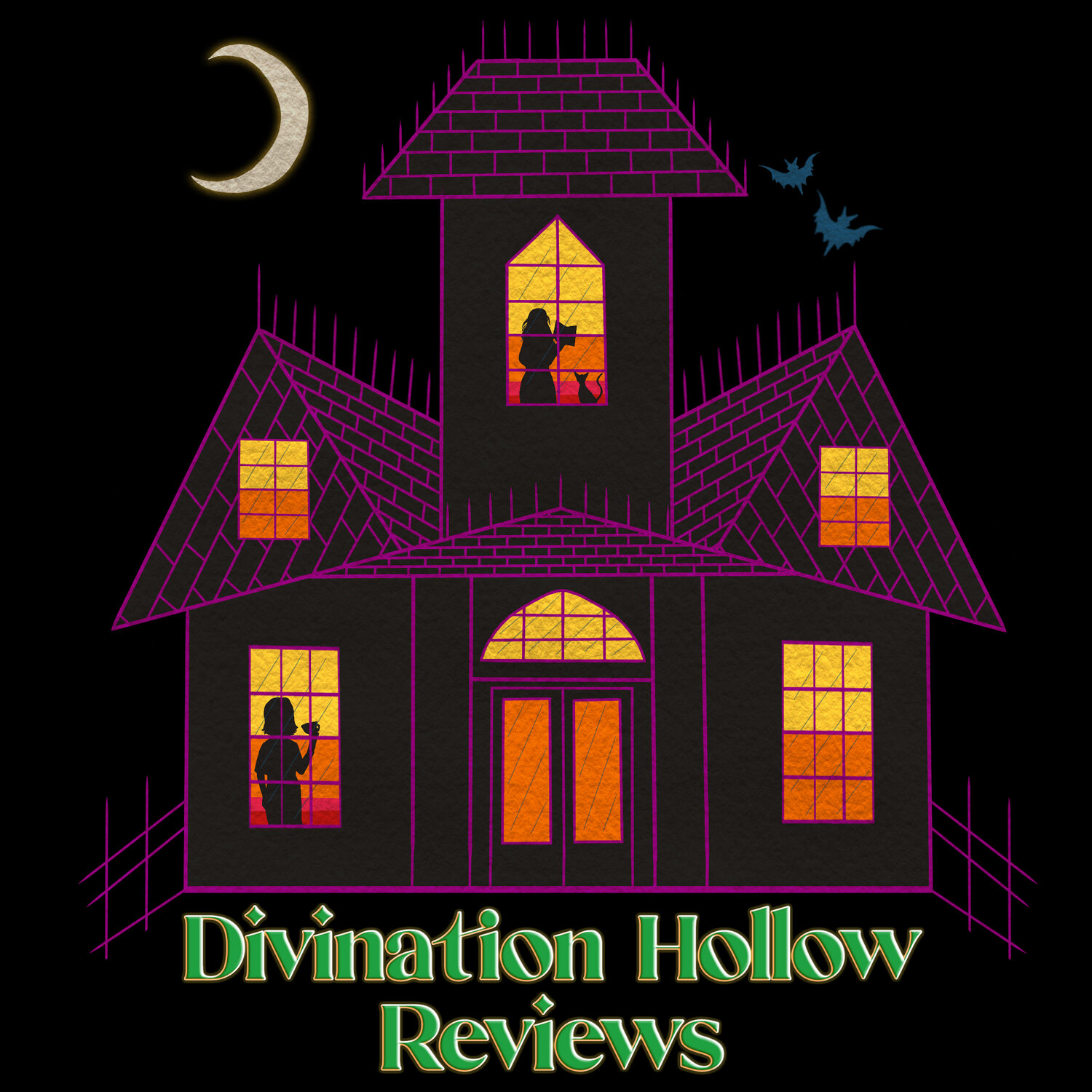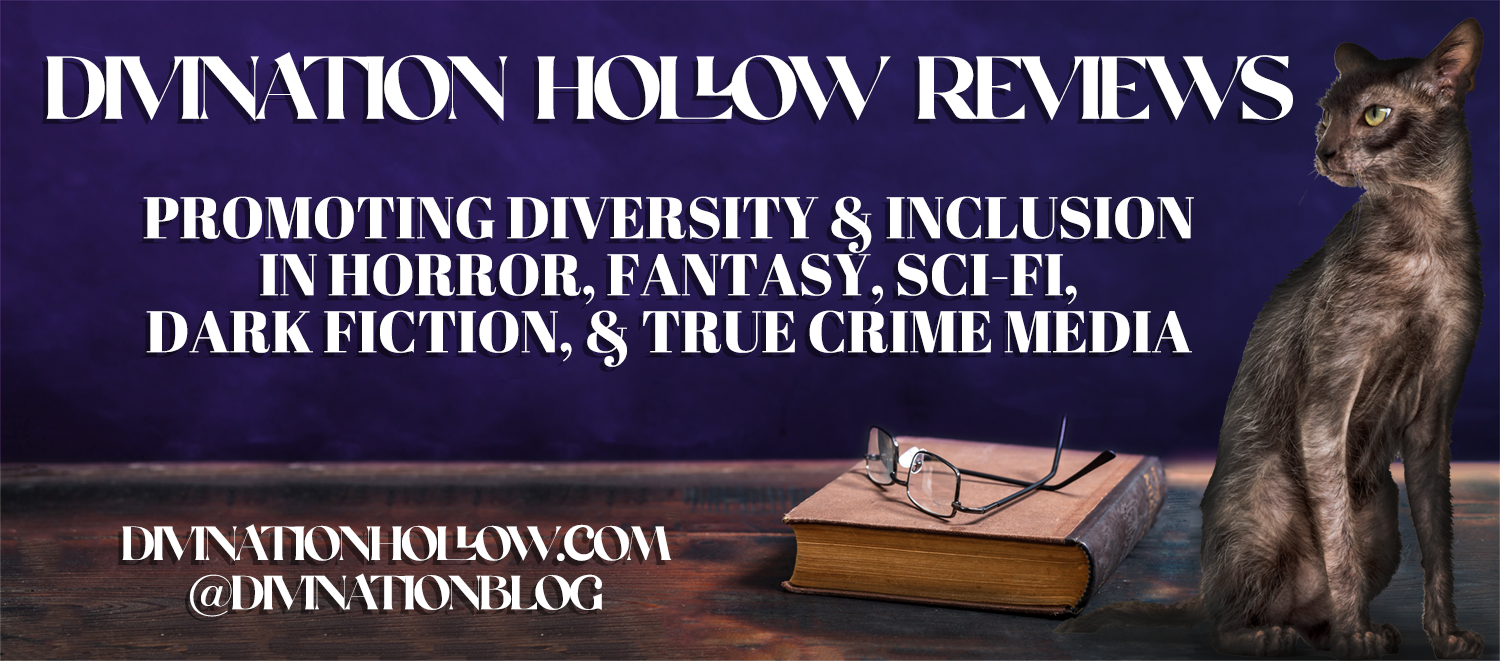Book Review: Green Fuse Burning by Tiffany Morris
An Eco-Horror Fuelled Psychological Odyssey
Eco-horror is having a renaissance for reasons that are probably obvious. But the natural world has always been a fertile ground for horror fiction – from the moment the earliest human first trembled during a thunderstorm or gazed into the shadows imagining monsters. Earth’s mysteries bred our fear of the unknown, and floods, fires, earthquakes, and hurricanes (not to mention disease, carnivorous beasts, venomous reptiles, and poisonous plants) soon proved that fear rational. As far as humanity has come, we’re still at the mercy of those forces, and our attempts to control them have unleashed even greater terrors.
Environmental horror is creature feature, disaster thriller, cautionary tale and revenge drama rolled into one, with nature – compassionless, angry, and unknowable – the most terrible villain of all.
But on another level, eco-horror also about us – our human insecurities, anxieties, and regrets. The genre appeals to our innate sense of inadequacy: how we feel small and powerless when placed against an imposing landscape, a natural disaster, or a large wild animal; the knowledge that our achievements are insignificant on the grand scale of time; our guilt over what we’ve done and failed to do for future generations.
Tiffany Morris uses this existential terror to good effect in her novella Green Fuse Burning, an eco-horror fused psychological odyssey with oppressive angst and prose as lush as vegetation.
Green Fuse Burning treads similar ground as Morris’s 2022 poetry collection Elegies of Rotting Stars, which explored identity, grief, and trauma and against a backdrop of environmental collapse. Her portrayal of a natural world both vulnerable and inconceivably powerful also reminded me of the imposing soundscapes of throat-singer Tanya Tagaq. The novella frequently reads like a book-length prose poem, fusing philosophical musings and rich metaphors with unnervingly vivid imagery; Morris’s wetland feels like it might ooze off the page.
Morris’s protagonist, Rita, is a Mi’kmaq painter who’s been feeling increasingly unmoored. Her father has just died, which she fears will permanently sever her connection to his side of the family, and her relationship with Molly, an ex-artist-turned-new-age sellout, is hanging by a thread. It’s Molly who - in what looks like an elaborate reverse ghosting - arranges to send Rita on an artist’s retreat in a secluded cabin in the country.
The cabin is located within a wooded East Coast wetland; it’s only a short drive from town, but somehow feels uninfluenced by civilization. Here, Rita discovers a perpetual cycle of life and death that ignites her creativity, while feeding her suicidal tendencies. She paints surreal canvasses that reflect her yearning to reconnect with her family, culture, and land, and resolves to let these be her final statement to the world.
But Rita’s not alone in the woods. Her first night, she sees mysterious figures gathered around the pond. Even stranger creatures haunt her dreams and bleed into her work. It’s often unclear whether nature is calling to her or conspiring against her.
I’ve always hated reviews that describe the setting as “a character in itself” (because setting is its own thing, and no less important!), but in this case the descriptor is apt. Morris imbues the pond with agency and personality – even if its mind is too alien for our comprehension. This ecosystem also serves as a physical representation of the duality of life and death. Morris’s reflections on this theme range from erotic to horrific; ruminating on a romantic memory, Rita yearns for “the sweet silence of flesh that became and unbecame. The twin forces of sex and death that underpinned everything - creation and destruction in one act.”
Of course, it’s the unbecoming that appeals to Rita. “I never learned how to want to be alive,” she confesses. But Rita’s embrace of death is desperate, borne not out of a sense of harmony with the natural world – as she would like to believe – but from self-hatred and fear. At one point, she describes her own body as a “worthless carcass” - a jarring contrast to the reverent language she uses to describe the wetland.
But dying alone in the woods, decomposing and returning to nature, feels preferable to the sterile hospital that haunts Rita’s memories. She recalls fearing that the chemical stench of the facility “had settled into her skin…drinking its way through her veins, her grief a chlorophyll feeding her and transforming her in the devastation of light.” In these passages, Morris depicts industrialized society as an alien species, spreading unchecked and mutating anyone who comes in contact.
The cabin does the opposite, its out-of-the-way location and shoddy reception cutting off access to the outside world until it’s Rita’s home city, glimpsed in flashbacks, that seems otherworldly (Morris leaves the reader to decide whether Rita’s selective phone access is a normal consequence of country living or part of some larger cosmic scheme). As Rita becomes increasingly alienated from her former life, nature and humanity seem to fuse – both literally, in the awesomely terrifying climax, and spiritually. In one striking scene, Rita looks into a mirror and sees her face overlaid with leaves, mirroring the layers of vegetation and Mi’kmaq symbolism in her work.
That’s not to say she finds peace here. Rita is still an outsider in this place, vulnerable to disturbing dreams and attacks by vicious, carrion-dripping crows. The book’s climax forces her to confront her personal demons as well as the ancient entities that rule the wetland, as she realizes nature’s embrace of her is not unconditional.
A lot of eco-horror is vengeful: slashers on a larger scale, with nature as the mute killer and all of humanity as its deserving victim pool. Morris takes a different approach that I found refreshing, using the genre to explore human self-loathing without endorsing it. She portrays an alienation so overwhelming you might as well drown in it, and then orders you to surface and breathe.
Green Fuse Burning is, at its core, life-affirming: reverent of nature, but wary of escapism; instead of retreating into a pastoral fantasy, it calls on us to find our own place in our world, even if we have to wade through swamps to get there.
Review by Madison McSweeney
Twitter: @MMcSw13
Instagram: madison.mcsweeney13




